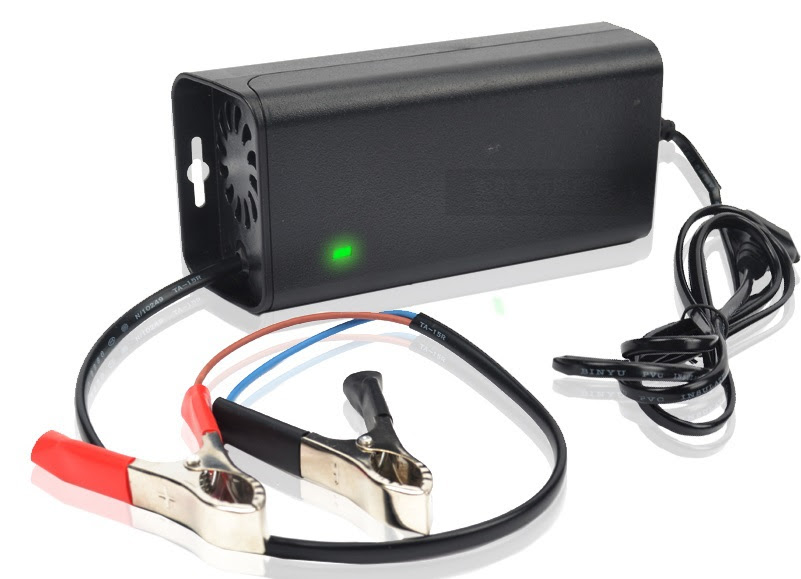Repairing lead-acid batteries can be a bit challenging and may not always be successful depending on the extent of the damage. However, here are some steps you can take to attempt repair.
- Safety Precautions: Before attempting any repairs, ensure you’re working in a well-ventilated area and wearing appropriate safety gear, including gloves and goggles. Lead-acid batteries contain sulfuric acid, which is corrosive and can cause burns.
- Inspect the Battery: Assess the condition of the battery. Look for any visible signs of damage such as cracks, leaks, or corrosion on the terminals. If the damage is severe or the battery is very old, it might be best to replace it rather than attempting repair.
- Clean the Terminals: If there’s corrosion on the terminals, clean them using a mixture of baking soda and water. Use a wire brush to scrub away the corrosion gently. Rinse the terminals with clean water afterward and dry them thoroughly.
- Check Electrolyte Levels: If the battery is low on electrolyte (sulfuric acid mixed with water), you can top it up with distilled water. Make sure not to overfill the cells. Use a hydrometer to check the specific gravity of the electrolyte in each cell. It should ideally be between 1.265 and 1.300. If it’s lower, you may need to add sulfuric acid.
- Charge the Battery: Use a suitable battery charger to charge the battery. Follow the manufacturer’s instructions for charging lead-acid batteries. Typically, you’ll want to charge at a low current for a longer period to avoid overheating and damaging the battery further.
- Desulfation: If the battery has been sitting discharged for an extended period, it may have sulfate buildup on the plates, which can reduce its capacity. There are desulfation chargers available that claim to break down sulfate crystals and restore some of the battery’s capacity. However, results can vary, and this method may not always be effective.
- Equalization Charge: If the battery has been consistently undercharged or overcharged, you can try performing an equalization charge. This involves charging the battery at a slightly higher voltage than usual to help balance the charge across all the cells. Again, be cautious when attempting this, as overcharging can damage the battery.
Remember that repairing lead-acid batteries can be risky, and there’s no guarantee of success. In some cases, it may be safer and more cost-effective to replace the battery.


